2026 Mitsubishi ASX review

It’s good-looking, hails from Europe, boasts plenty of design flair and drives remarkably well, and it’s an… ASX? It’s been 15 long years since Mitsubishi launched an all-new ASX, and now – with some help from Renault, a fresh small SUV from the tri-diamond has finally landed. Prices are up and the ASX is no longer a bargain buy, but there’s now plenty of other good reasons to put an ASX in your driveway beyond mere value for money.
How much does the Mitsubishi ASX cost?
Prices are up now. Massively. While the old ASX went for as little as $24,490, the 2026 Mitsubishi ASX range starts at $37,740 for the base-grade ASX LS, with the mid-grade ASX Aspire priced at $42,690 and the range-topper ASX Exceed priced at a lofty $46,490 - all of those being before on-road costs, by the way.
So it’s no longer a value-oriented machine, but the tradeoff is a huge uplift in almost every other area - as we’ll discuss now.
What is the Mitsubishi ASX like inside?
With a big portrait-oriented touchscreen, leather-wrapped touchpoints, a digital instrument panel, a sliding rear bench and comfortably-contoured seats, the new ASX’s cabin is a far more liveable space than that of the ancient model it replaces.
We can credit Renault for that, for behind the Mitsubishi badges and bumpers, this is pretty much the facelifted Renault Captur - a model which, interestingly enough, has yet to make its way to Australia. Built in Spain for the Australian market, the new ASX definitely has more than a whiff of European sophistication to it, and it’s most obvious when seated in its interior. Material quality is good, and while the cabin does feel narrower than before (the new ASX is about 96 percent the size of the old one), it uses the available space intelligently. The centre console has loads of shelves and nooks for phones, keys and other things, and if you go for the Aspire or Exceed grades you also gain a floating console that adds even more terraced stowage.
Thankfully, the ASX also bucks the trend of clustering controls within a touchscreen, and features plenty of physical buttons and switches for ventilation, audio, and other controls. That’s a solid win for every-day usability.
Another usability win is the 484-litre boot capacity, which is on the larger side for this size class and is further enhanced by the ASX’s adjustable height boot floor and sliding rear bench, both of which increase the boot’s dimensions. There’s one big downside though: under the boot floor is just a tyre inflator kit despite there being a void large enough for a spare. A full-size spare tyre and toolkit is available, though it’ll cost you an extra $750 as a dealer-fit accessory.
— Tony O'Kane
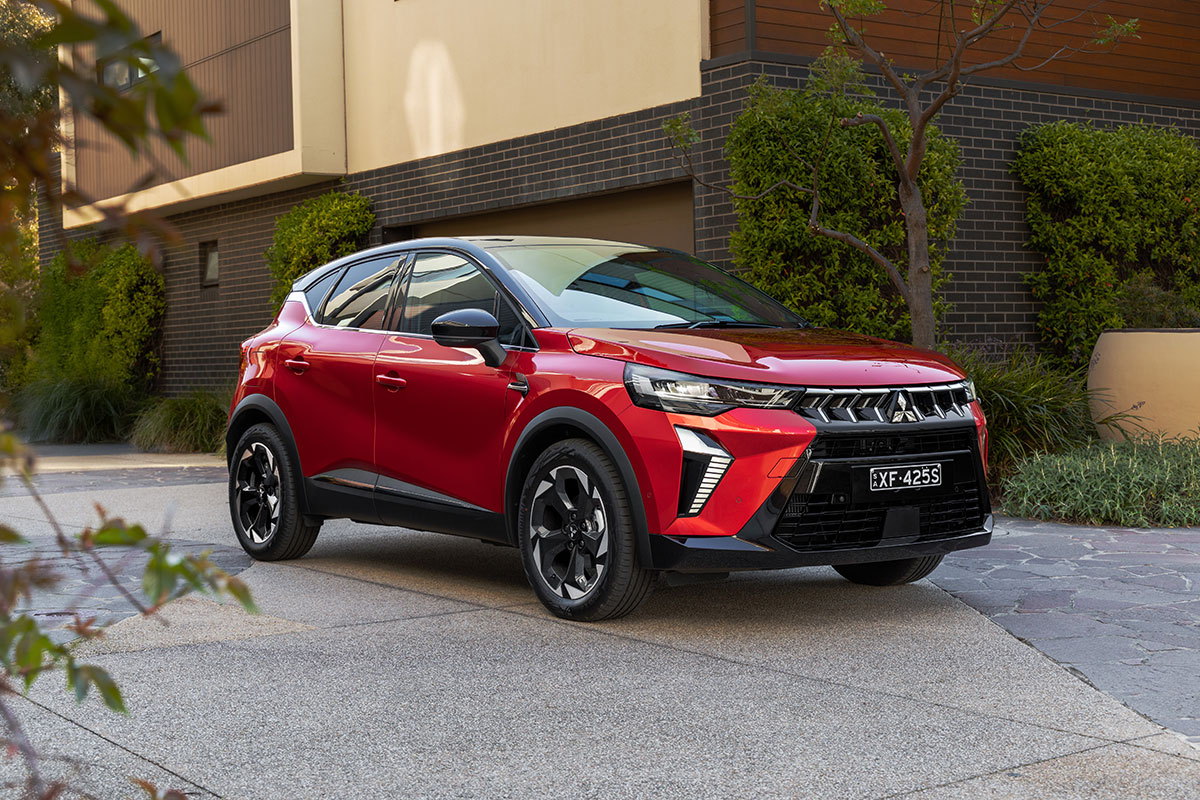
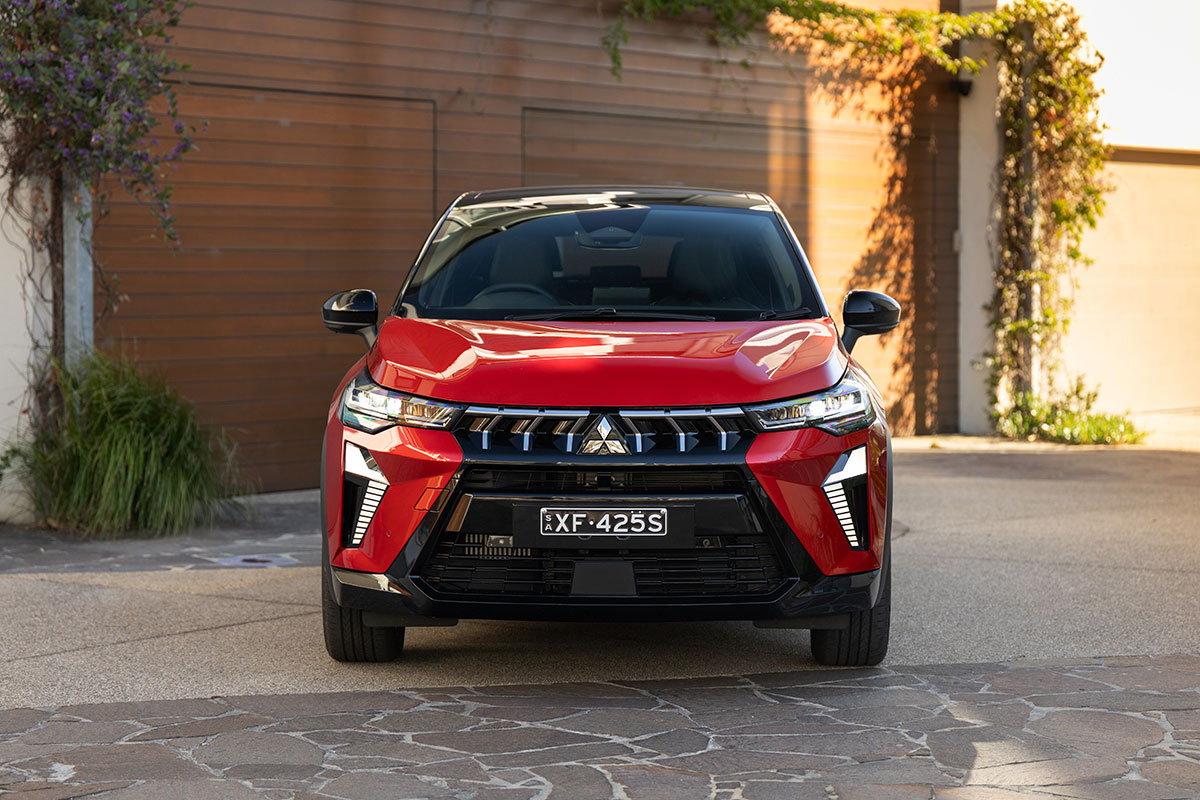
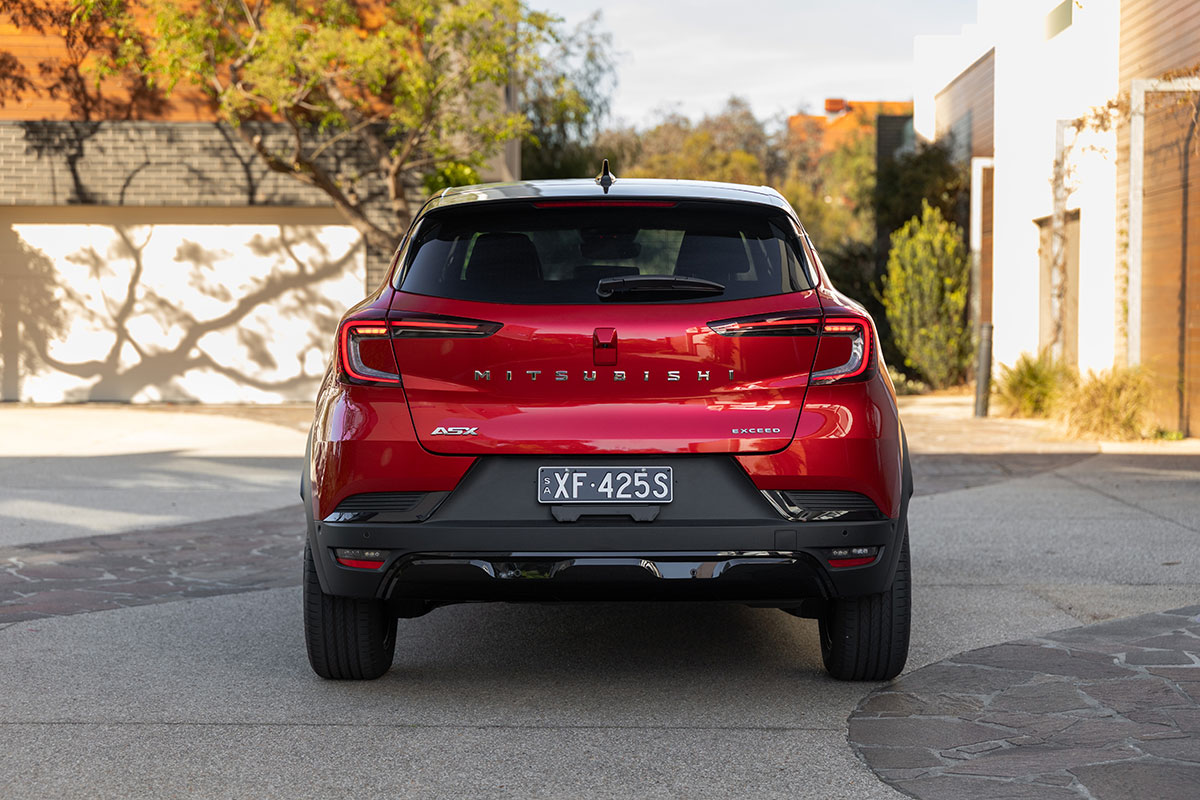
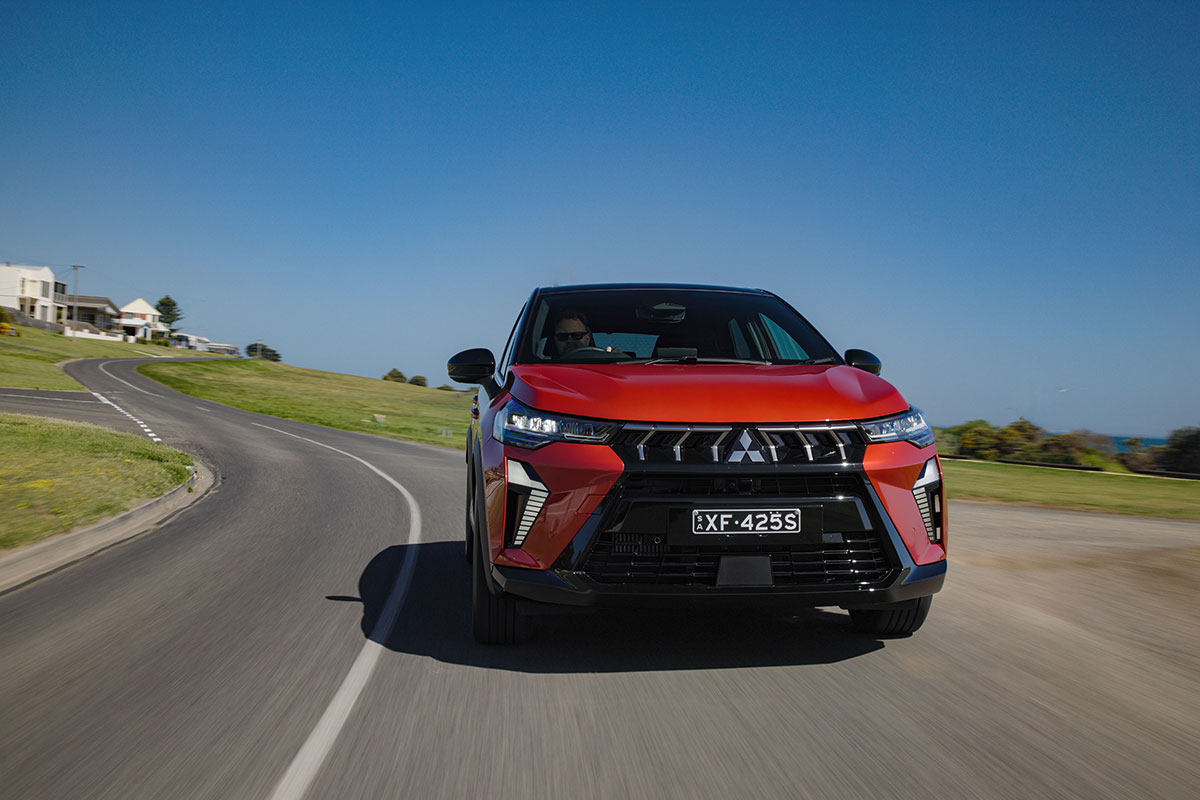
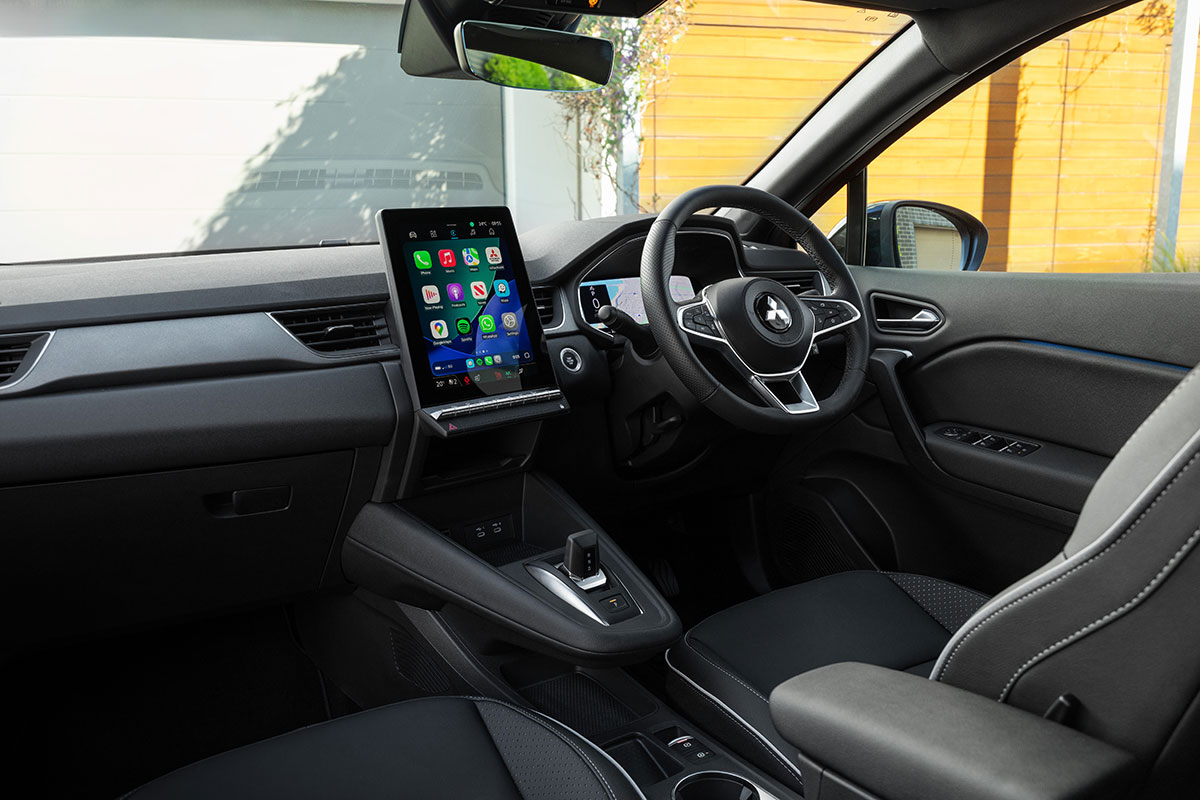
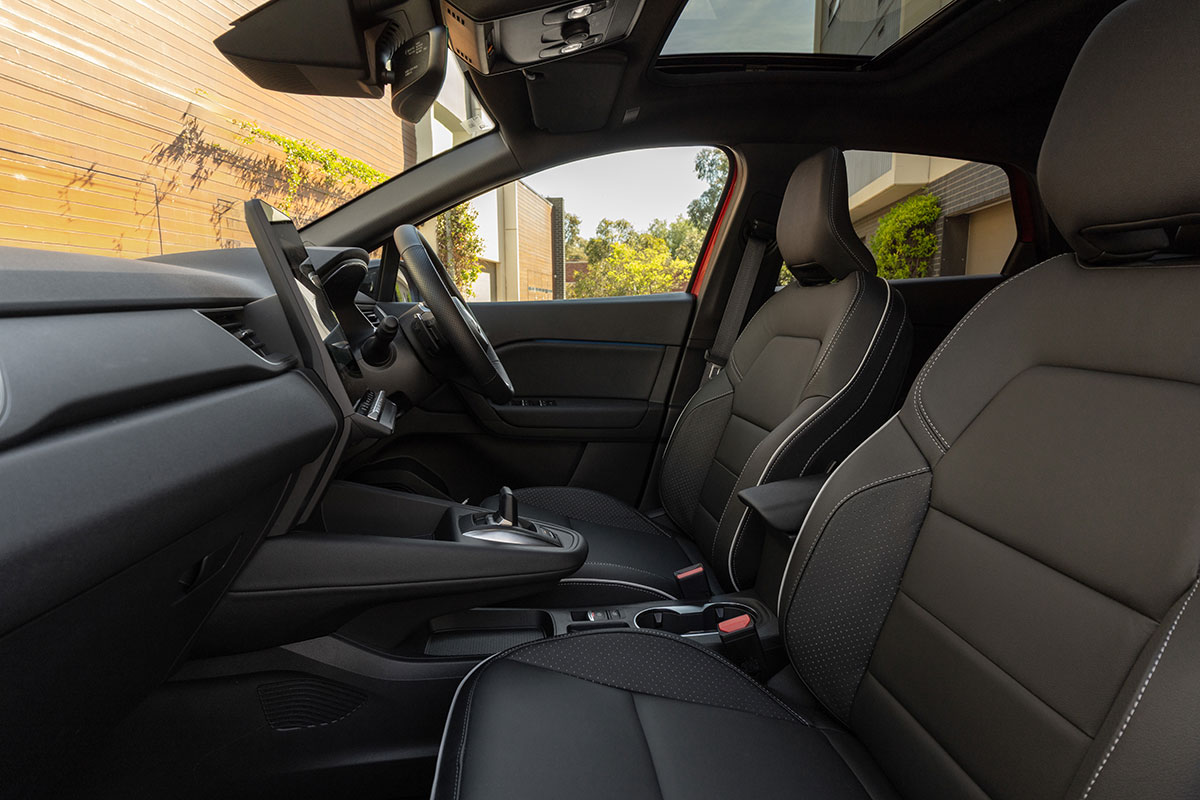
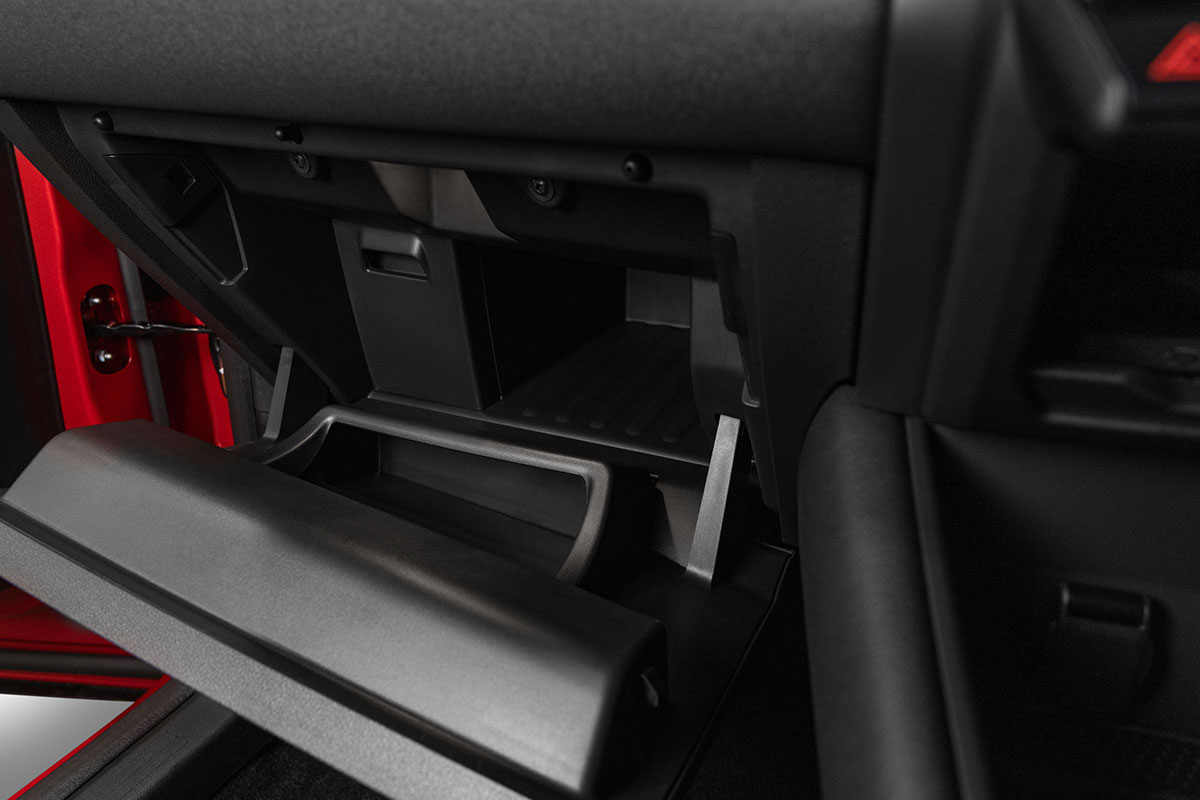
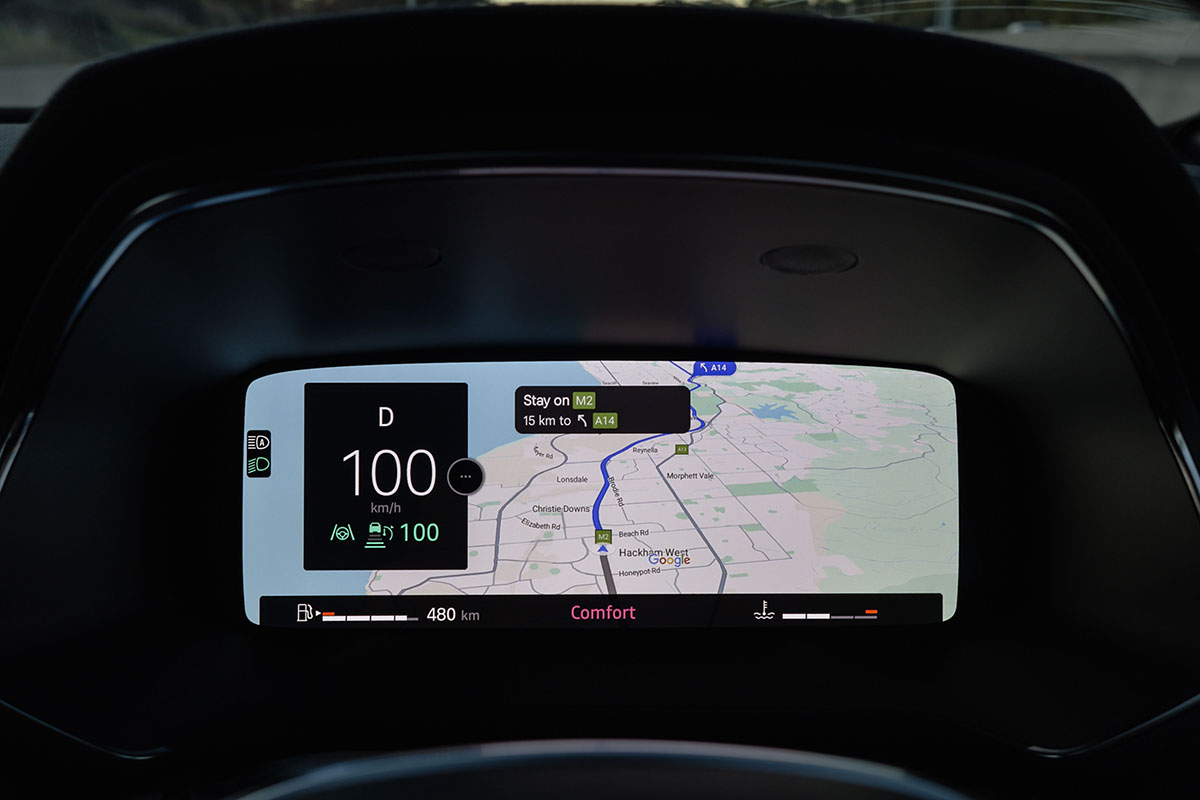
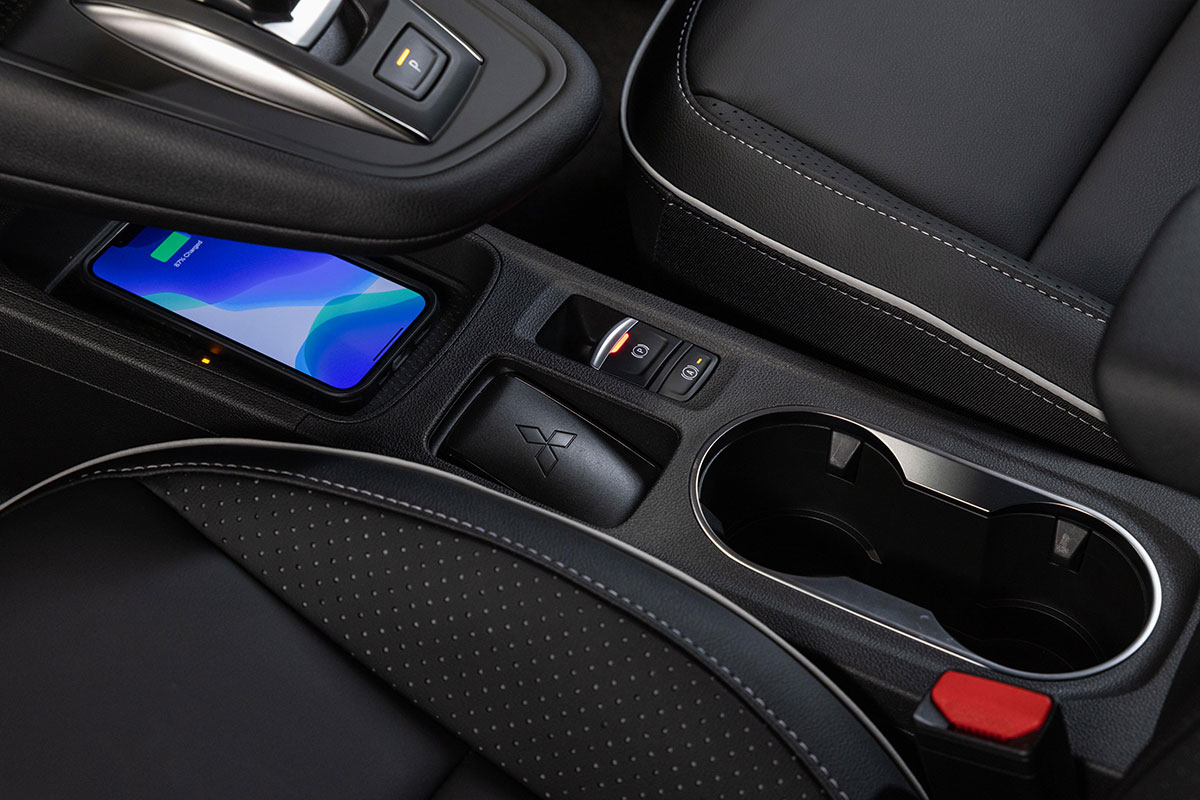
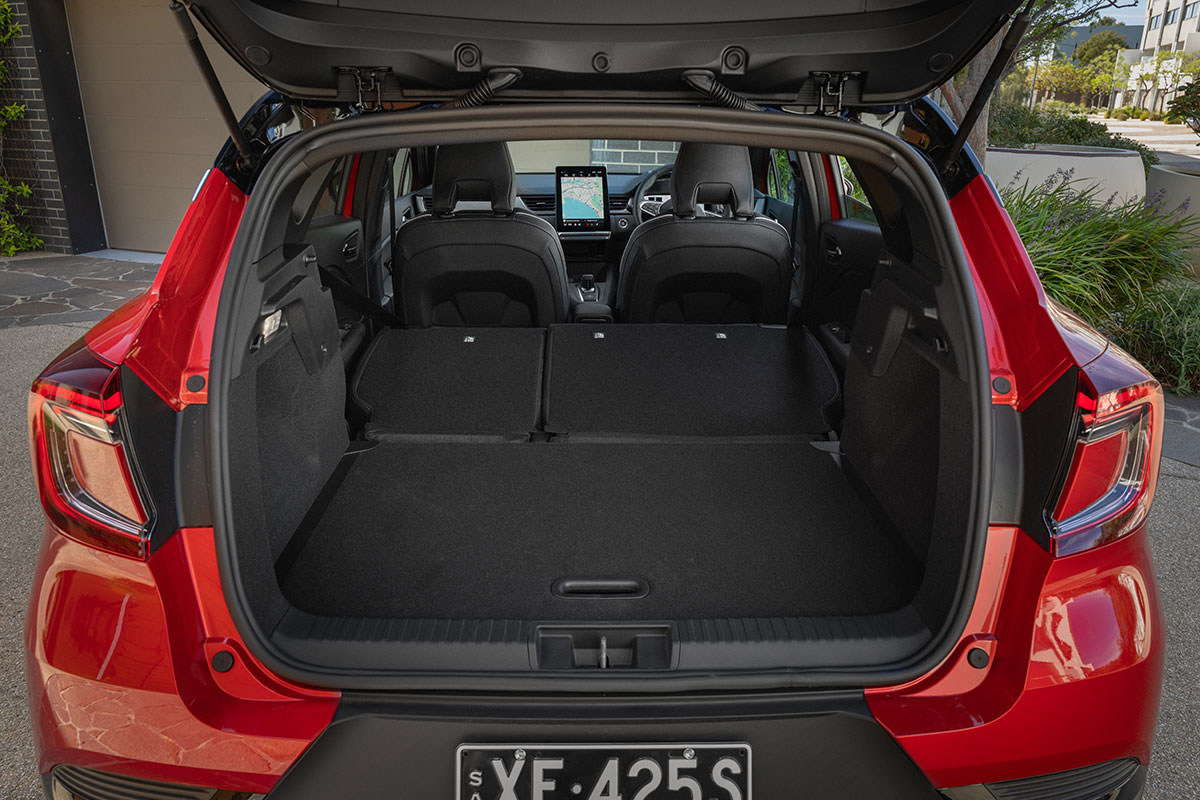
What equipment does the Mitsubishi ASX come with?
Standard features of the ASX include LED headlamps, a 10.4-inch infotainment display, wireless Android Auto and Apple Carplay a digital instrument panel (7.0-inches across for the base LS, 10-inches for the Aspire and Exceed), keyless entry/ignition, auto wipers, auto headlamps, rear parking sensors, a rear-view camera, cruise control, single-zone climate control and an electronic parking brake.
Basic cloth upholstery is standard in the LS and Aspire grades, as are manually-adjusted front seats, while the top-shelf ASX Exceed receives leather-appointed trim as well as a power-operated driver’s seat and front seat heaters. Meanwhile, the Aspire and Exceed both get a leather-wrapped and heated steering wheel, along with power-folding heated wing mirrors, privacy glass, a wireless phone charger, built-in sat-nav, four rather than just two USB-C charge ports, front and side parking sensors, adaptive cruise control, and interior ambient lighting.
How safe is the Mitsubishi ASX?
Standard safety equipment includes autonomous emergency braking, lane departure warning, lane departure prevention, driver fatigue monitoring, six airbags, traction control and stability control. The Aspire and Exceed grades also add blind spot monitoring, lane-keep assist and rear cross-traffic alert to that list.
The new ASX has achieved a four-star Euro NCAP rating and Mitsubishi expects that to translate into a four-star ANCAP rating locally.
What powers the Mitsubishi ASX?
All new ASX variants are powered by the same engine, a 1.3-litre turbocharged petrol inline four. Producing 113kW of power and 270Nm of torque. Those are modest numbers, and actually slightly less power than the previous-generation ASX’s 2.4-litre non-turbo engine, but its torque figure is leaps and bounds over that of the old car.
That engine is also connected to a fast-shifting seven-speed dual-clutch automatic, but while the old ASX was available - for a time - with an all-wheel drive driveline, the 2026 Mitsubishi ASX is strictly a front-drive vehicle.
Fuel economy is a claimed 6.4L/100km on the combined cycle, with Mitsubishi saying the new turbo engine and dual-clutch transmission provide a 16 percent improvement in fuel economy while also delivering 19 percent less carbon output per kilometre travelled when compared to the old ASX’s 2.0-litre. It’ll also run on regular 91-octane petrol, however those chasing an even thriftier powertrain may need to look elsewhere, as Mitsubishi Australia has yet to decide whether it will bring the hybrid ASX that’s available in Europe to our shores.
What is the Mitsubishi ASX like to drive?
How do you tell a good car apart from one that’s merely competent? For a commuter-grade small SUV like the ASX, it’s not about power, or torque, or handling, or any of those things - rather, it’s whether it puts any friction between you and what you want your car to do for you.
And, in our first experience behind the wheel of the new-generation ASX, it comes across as one of the most frictionless cars in its segment. It simply does what you want with no complaints, no weirdness, and no electronic bing-bongs (as long as you’re driving safely, of course). It’s got enough torque to keep the engine from needing to rev hard up hills and the dual-clutch auto flips up and down through its ratios smartly when the engine finds itself out of its comfort zone, but also doesn’t judder or jerk when driving through urban traffic, like some dual-clutch autos are prone to do. Meanwhile the fairly light steering requires little effort but also feels accurate and authoritative - some heavily-assisted steering racks are quite the opposite.
Its suspension strikes an agreeable balance too. The ASX’s European origins translate into ride quality that’s got an initial layer of compliance which then gives way to firmer damping, and it works well on typical Aussie roads.
The NRMA’s take on the Mitsubishi ASX
With the arrival of the first all-new model in 15 years, the Mitsubishi ASX has had a massive glow-up. No longer is it a byword for cheap (and not especially cheerful) motoring, and while that’s definitely going to push it off the shopping lists of bargain-hunters, for the rest of us it means the ASX is finally a good buy that exists at the more desirable end of the mainstream small SUV segment.
The mid-grade Aspire shapes up as the one to get - the stuff it misses out on are nice-to-haves rather than deal-breakers - though it would have been nice to see the base LS sport the same safety gear as its pricier siblings. All of them, however, square up as great options in an SUV landscape that’s not short on sharp competition.
Pros:
- Adept engine and transmission combo
- Great balance between ride and handling
- Excellent cabin storage options
Cons:
- Price of entry undergoes massive jump
- No spare tyre as standard
- Base model misses out on some active safety equipment






